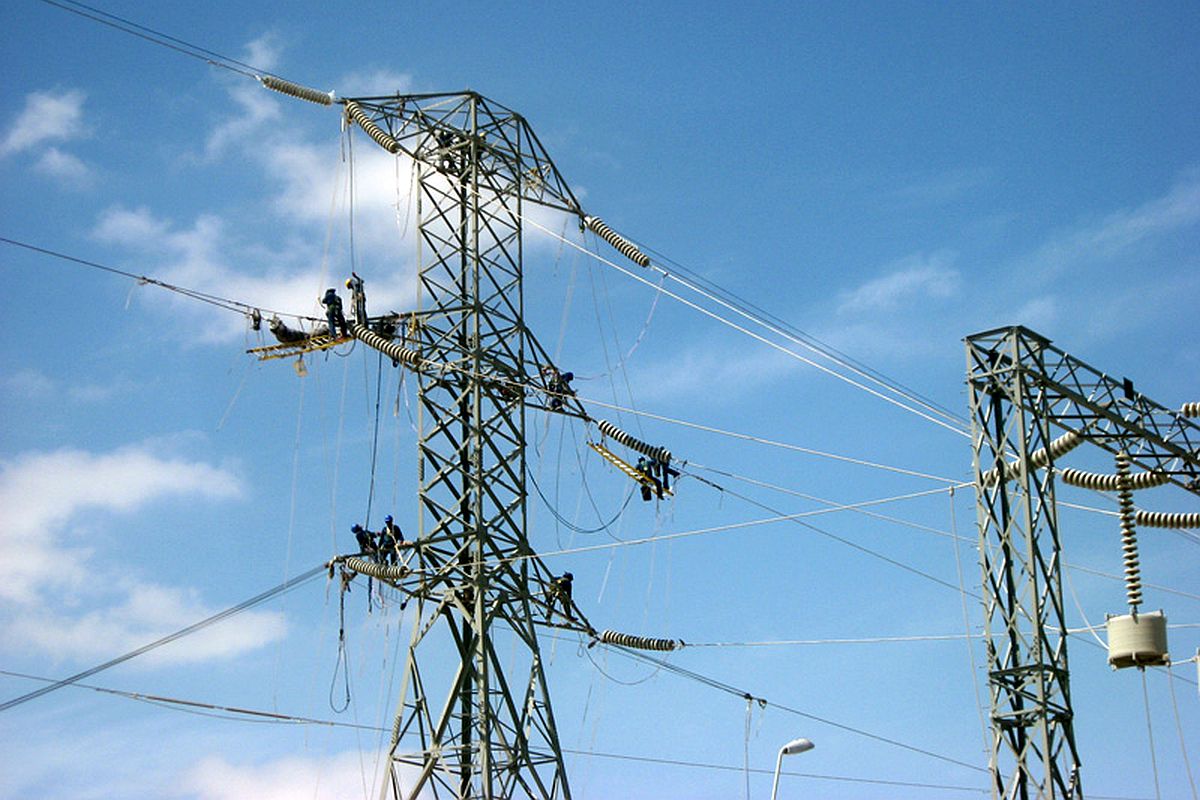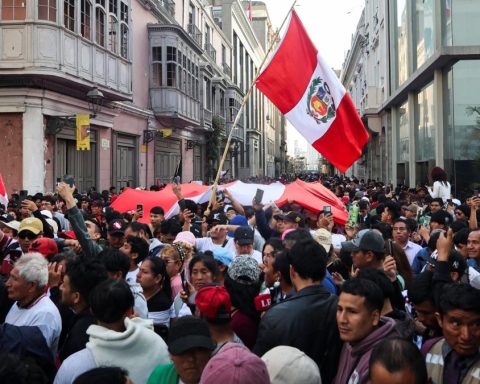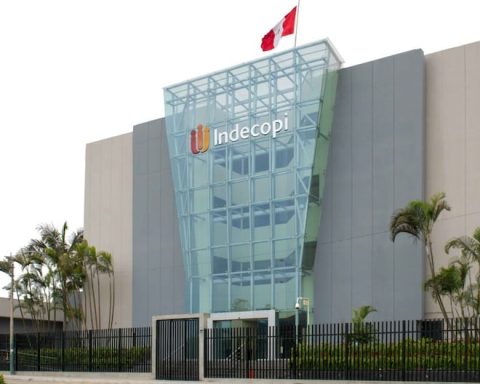By: Javier Muro, president of the PECIER Steering Committee
Energy resilience is an increasingly crucial issue in the electricity sector, especially in countries like our Peru, where natural disasters, technological gaps and changes in demand present constant challenges. Resilience in the electricity sector implies the ability to anticipate, resist, adapt and recover quickly from events that may interrupt the energy supply, such as weather phenomena, earthquakes, cyber attacks among others. A recent example is forest fires or the phenomenon coastal El Niño that caused much damage to the country’s electrical infrastructure. The lack of structured contingency plans and the lack of resilient infrastructure aggravate the situation.
It is necessary to have a robust electrical network with redundancy, that is, with sufficient capacity and multiple supply routes. Peru has made great progress in strengthening the guaranteed transmission and distribution system; There are still many gaps in infrastructure, as well as in the diversification of electricity generation sources.
Furthermore, Peru’s electricity sector, like other countries, is increasingly exposed to cyberattacks due to the growing digitalization and automation of critical infrastructures. Resilience against cyber attacks in this sector is essential, since an interruption in the electrical grid would not only affect the economy, but also the security and well-being of the population.
What do we need to improve resilience in the Peruvian electricity sector?
Adaptive and Targeted Network Planning: Network and infrastructure expansion planning should focus more on identifying vulnerable areas and ensuring that future investments take into account natural disaster risks, ensuring that new infrastructure is climate resilient.
Clear Policies for the diversification of generation sources: Although there have been many advances in regulations in the last 30 years, new regulatory mechanisms are required that more aggressively promote distributed generation and the use of other conventional and non-conventional generation sources. allowing more users to adopt technologies such as distributed generation or energy storage.
Resilience against cyberattacks: In the electricity sector, cybersecurity is an important challenge that requires the integration of advanced technologies, the improvement of regulations, the training of personnel and greater collaboration between the public and private sectors. As the electricity sector adopts more digital solutions, it is imperative to prioritize cybersecurity to ensure a reliable and secure supply of energy.
Strengthen institutions: Peru can improve the resilience of the electricity sector by guaranteeing clear regulations, effective coordination between actors, long-term planning and efficient resource management. Energy resilience is not only a technical imperative, but also an economic and social one, and is crucial for the country’s sustainable development.
Therefore, it is crucial to continue promoting integration and dialogue activities such as the next International EXPO of the Electrical Sector PECIER-FISE, which seeks to be a space to address the advances and challenges of the sector, networking and relationships of supplier companies in the electrical sector in the region. LATAM.
















